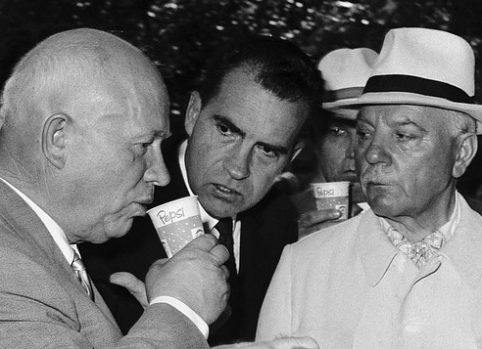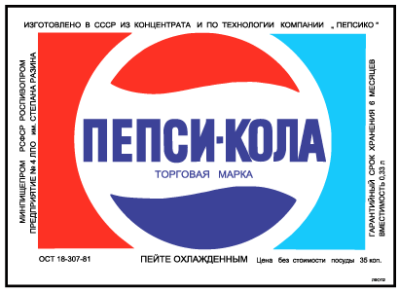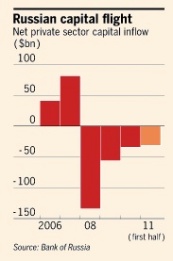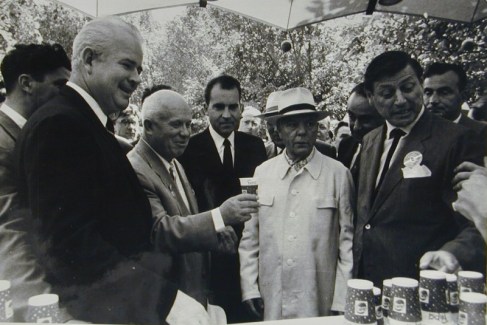The ranks of public policy these days are predominantly run by lawyers and economists. Behavioural scientists unfortunately are left on the fringes of the public policy realm.
Are lawyers, economists and social scientists therefore the only breeds that have something useful to contribute to the efficient running of a government?
Or would rather a Council of Behavioral Scientist Advisers positively compliment the efforts of the lawyers and economists in public policy?
David Cameron seems to think so. As a result Britain’s Conservative prime minister established a tiny branch of government called the Behavioral Insights Team. The branch consists of behavioural scientists that operate according to two main principles:
- If you want to encourage some activity, make it easy.
- You can’t make evidence-based policy decisions without evidence.
In its most recent Civil Service Reform Plan , the U.K government has furthermore established “Culture and Behaviour” as one of the focal points of its research and investigation efforts.
The Behavioral Insights Team at heart relies on Randomised controlled trials (RCTs) to determine whether a policy is working. Randomised controlled trials try to deduce which of two or more interventions is the most effective at attaining a specific, measurable outcome.
One of the success stories of the Behavioral Insights Team involves an attempt to collect taxes from people who fail to pay on time. Small-business owners in the U.K are expected to save up the money in order to file taxes. Subsequently some of them fail to pay on time.
The beahvioural scientists employed on behalf of the U.K. government noted that people are more likely to comply with a social norm if they know that most other people comply.
With this observation in mind a statement was added to the letters sent out to taxpayers that noted that a vast majority of taxpayers paid their taxes on time.
In order to test the effectiveness of their normative statements, various direct-mail messages were sent to 140,000 taxpayers in a randomized trial. The citizens that received the letter that noted, “9 out of 10 people in Exeter pay their taxes on time.” were more compelled to pay their taxes on time. As a result the group reflected a 15% increase in the number of people who paid their taxes on time compared with results from the old style letter, which was used as a control condition. If the initiative was emulated nation-wide the team estimates that tax revenue would be bound to rise by £30mn annually.

David Cameron on the forefront of incorporating behavioural scientists into the public policy realm.
Maybe the most positive message coming from the Behavioral Insights Team is that its entire budget amounts to less than £1 million. In sum governments would be well advised to emulate the efforts by Downing Street and incorporate bhevaoural scineitcs into the public policy realm.




















